Wire scanners
Wire-scanners provide transverse distribution in both horizontal and vertical planes of the beam. When a beam passes through a wire a few percent of low-energy electrons, with respect to the incoming particles, are emitted from the superficial layers. This charge depletion is proportional to the local density of the beam and can be used to measure a beam density profile.
The principle is simple: a thin wire swiftly moved across the beam. Radiation produced by the interaction of the protons or the electrons with the wire is observed by means of scintillators placed downstream. On each beam, there are two wire scanners, one for the horizontal and one for the vertical profile.
Two essential conditions must be fulfilled: beam blow-up through multiple Coulomb scattering must be insignificant and the wire must not be destroyed by the energy deposited in it. Both conditions lead to the choice of carbon as wire material, a small diameter (50 micrometers or less), and a high speed.
Wire scanners have two effects on the beam: an emittance blow-up through multiple scattering, and an energy loss through collision plus Bremstrsalhung for leptons. These effects will be considered with the fast wire scanners for circulating beams where they are most important.
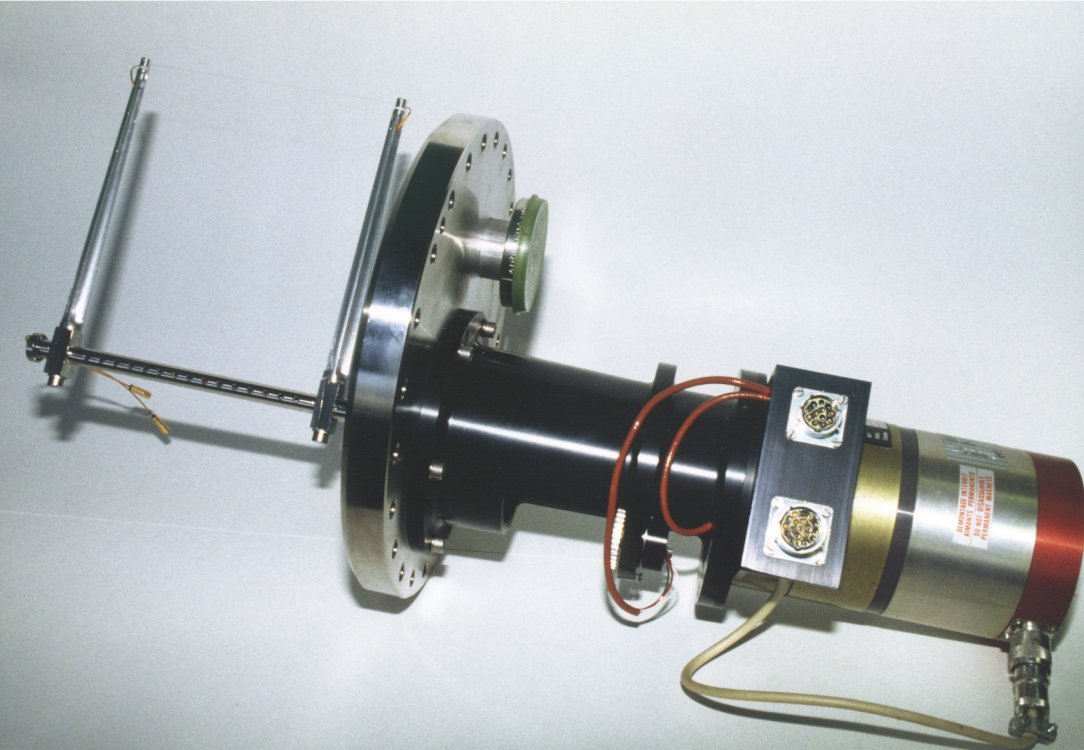
Rotating SPS wire scanner.
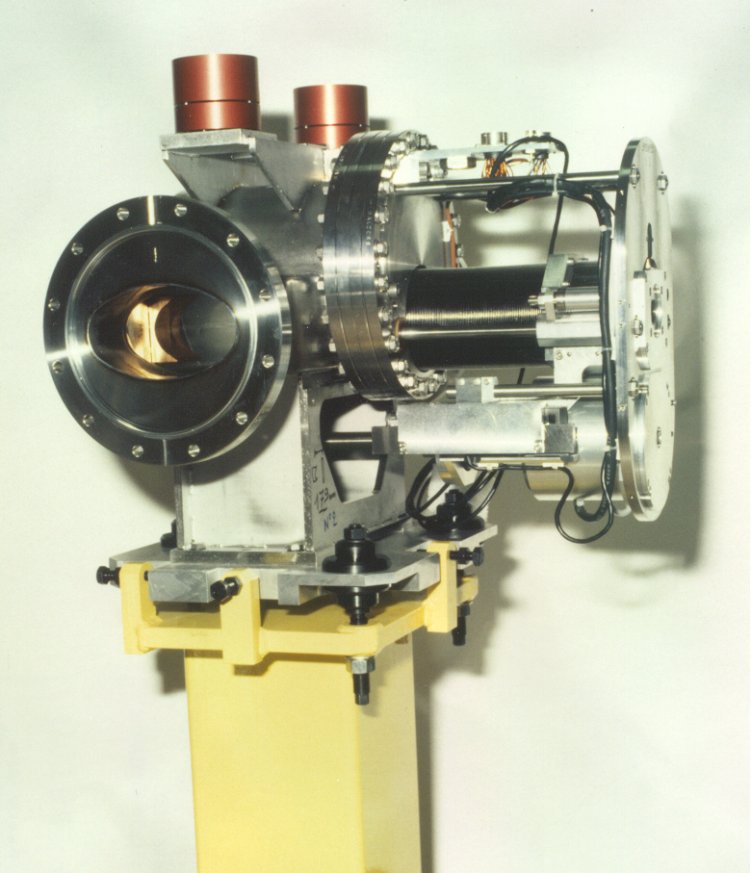
Linear SPS wire scanner - 1-st generation.
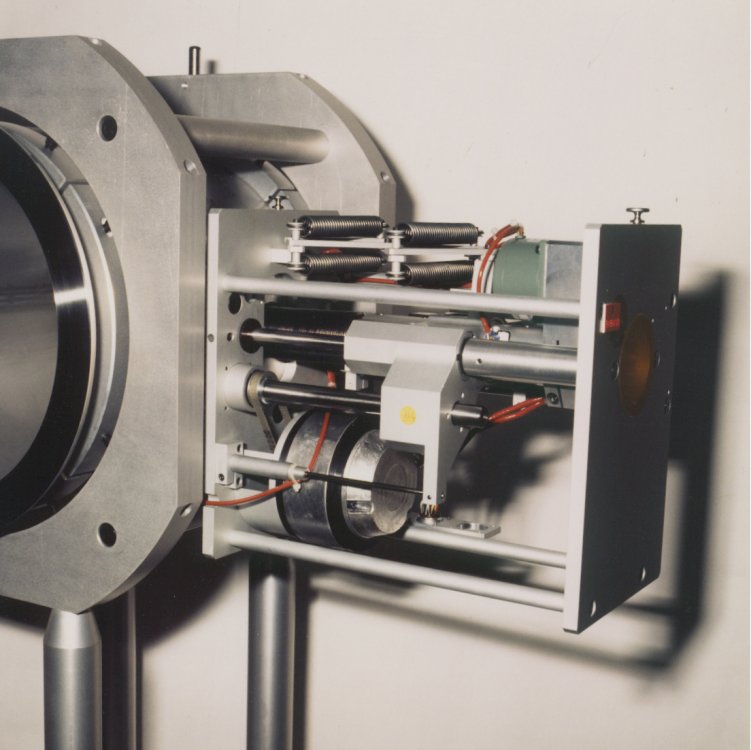
Linear SPS wire scanner - 2-nd generation.
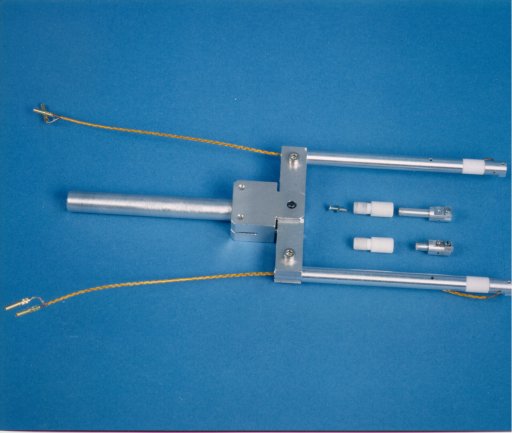
Wire supporting fork for linear SPS wire scanner.
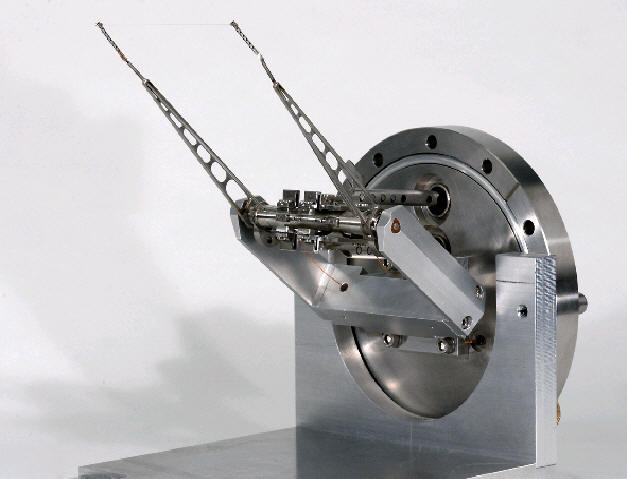
Rotating PS wire scanner